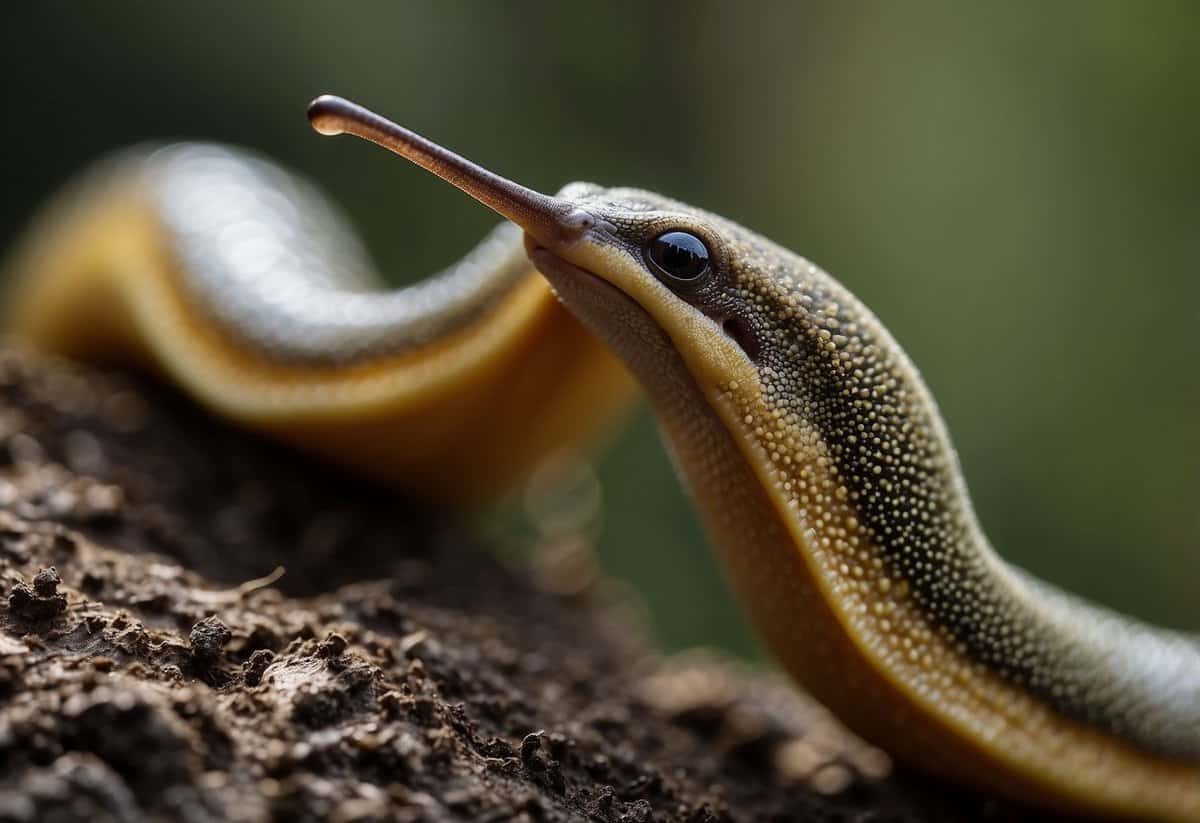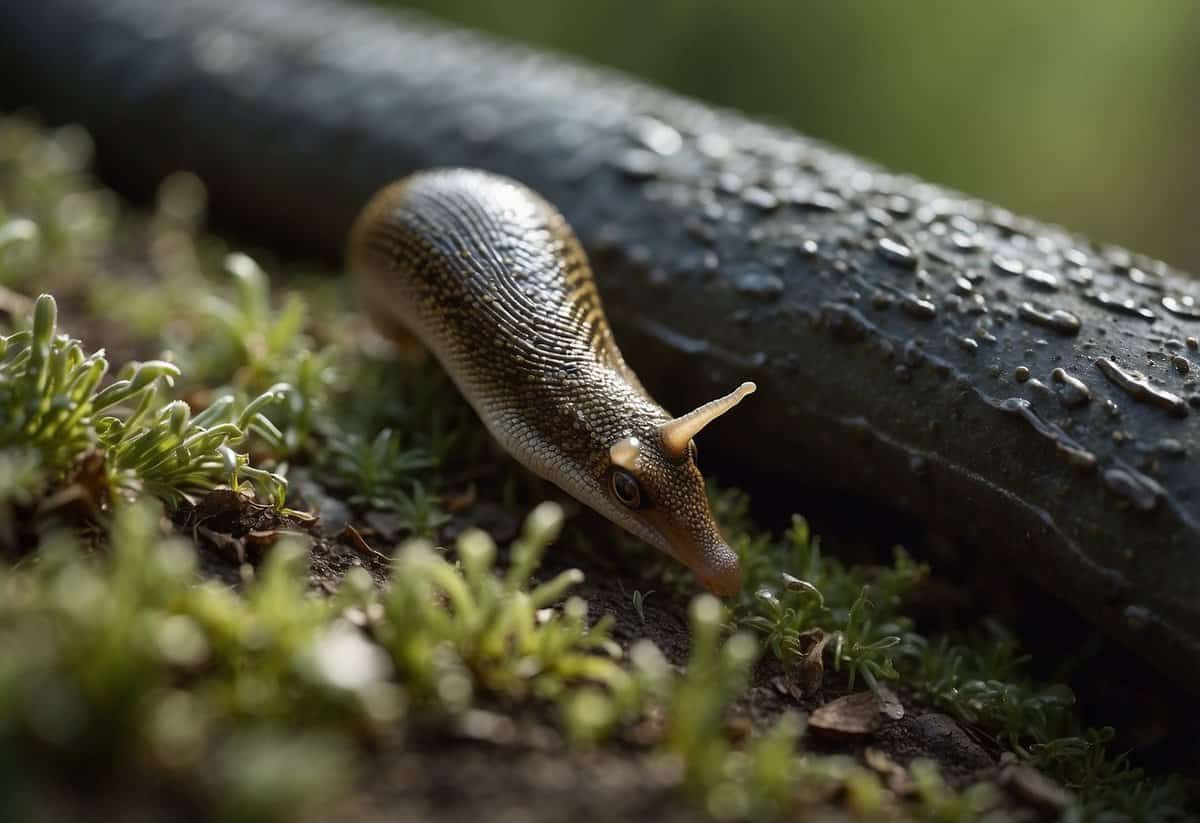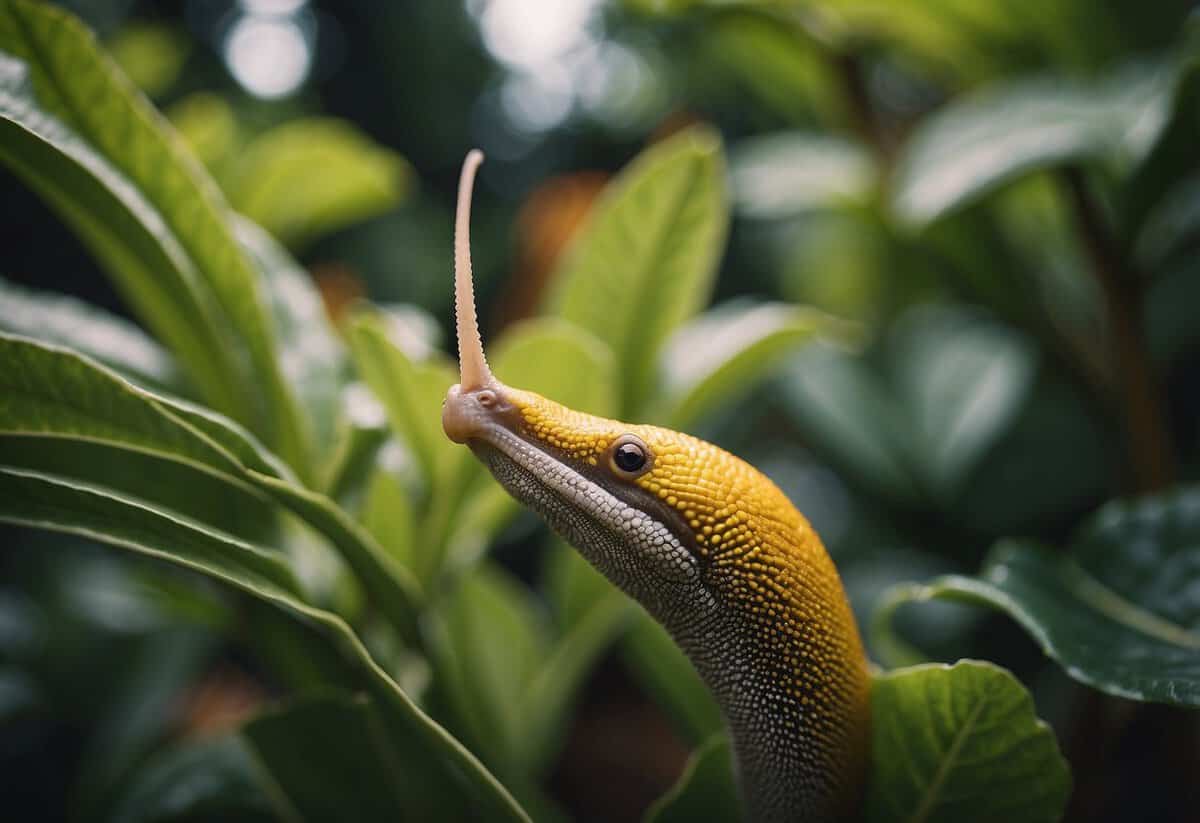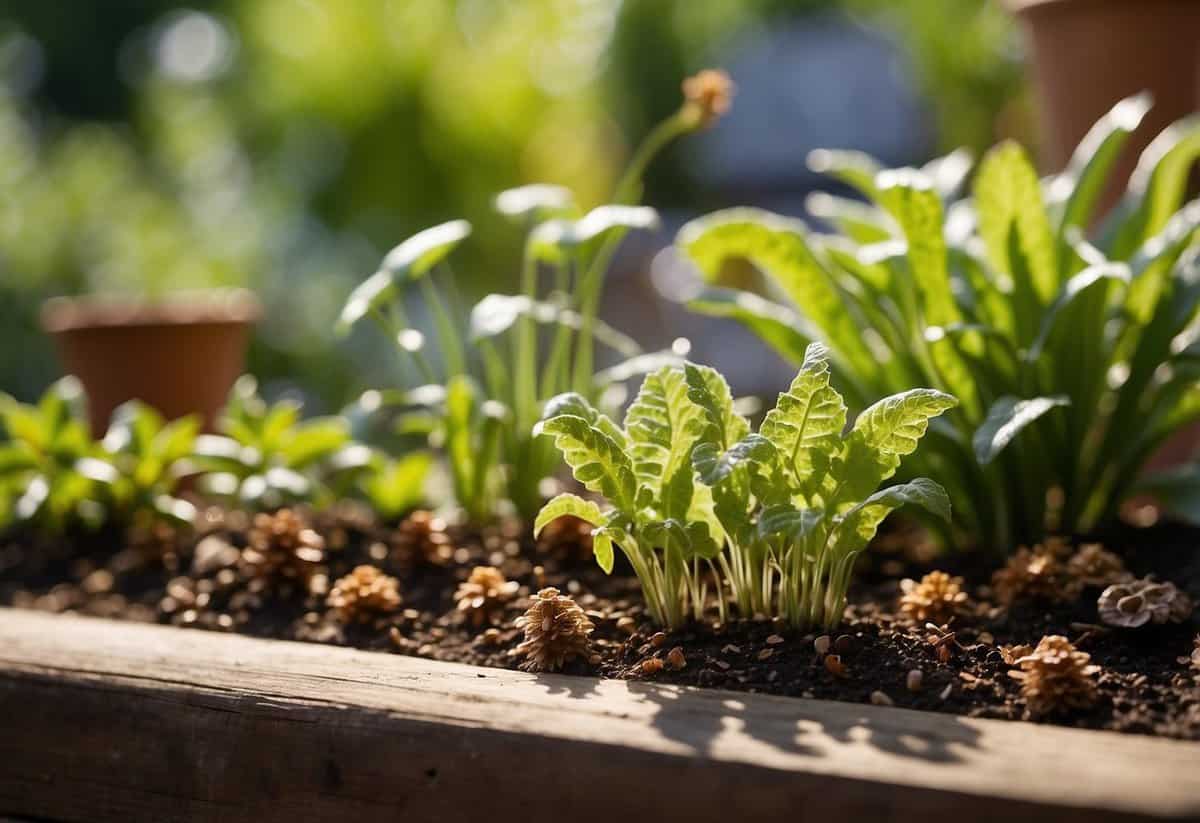What Do Slugs Hate Most? Natural Remedies to Keep Them Away
Gardening can be a delightful hobby until you notice that slugs are munching away at your prized plants. Luckily, there are several things that slugs absolutely despise. Slugs have plenty of teeth, but they hate hard stems, tough, hairy, or waxy leaves. If your plants have these features, slugs are likely to steer clear.

You can also use certain plants to your advantage. Slugs avoid strong smells and toxic leaves, so planting mint, chives, garlic, and foxgloves around your garden can help keep these pests at bay. Ferns are another great option, as their thin yet durable leaves are nearly impossible for slugs to eat.
Creating an environment that is less welcoming to slugs can also make a big difference. They thrive in moist, shady areas, so reducing damp spots and ensuring plenty of sunlight can help. Encouraging natural predators like birds can further control the slug population. With these tips, your garden can become a slug-free zone in no time.
Understanding Slugs and Their Habitat

Slugs are fascinating creatures with unique behaviors and environments. Learning about their habits, the habitats they share with snails, and their role in the ecosystem can help you manage them effectively.
Slug Behavior and Natural Environment
Slugs are primarily nocturnal, meaning they prefer to come out at night. During the day, they seek damp and shady places to hide. You might find them under logs, rocks, or in thick vegetation. These areas provide the moisture they need to survive since slugs can easily dry out.
Slugs have diverse diets, including leaves, fruits, and flowers. They often leave irregular holes with smooth edges on plants, which is a sign they’ve been feeding. Their slime trail is another clue to their presence. This behavior can be particularly troublesome for gardeners trying to protect their plants.
Shared Habitats: Slugs and Snails
Slugs and snails often coexist in similar habitats. Both enjoy moist environments and can often be found in gardens, forests, and fields. These areas offer the damp conditions they need to thrive.
Slugs and snails are mollusks, which means they share some physical characteristics. This includes a soft, unsegmented body. However, snails have a protective shell, while slugs rely on mucus to retain moisture.
In gardens, both slugs and snails can cause damage to plants. By understanding their shared habitats, you can better manage their populations. For example, removing debris and keeping your garden well-maintained can reduce places where these pests hide.
The Role of Slugs in the Ecosystem
Slugs play an important role in the ecosystem. They help break down decaying organic matter, contributing to the soil’s health. This process recycles nutrients, making them available for other plants and organisms.
Despite being seen as pests, slugs are a food source for various wildlife. Birds, frogs, and some mammals, like hedgehogs, rely on slugs as part of their diet. This makes slugs an integral part of the food web.
For gardeners, understanding the positive role slugs play might help in finding a balance. While controlling their population is necessary to protect plants, completely eradicating slugs can disrupt the ecosystem they support.
What Slugs Dislike the Most

Slugs can be quite a nuisance in gardens, but there are several methods to deter them. This includes common repellents, helpful natural predators, and less favorable environmental conditions.
Common Repellents and Barriers
Slugs are highly averse to copper. When they touch it, it creates a reaction that repels them. You can place copper tape around garden beds or pots. It’s an effective and simple method.
Salt is another useful repellent. Sprinkling it on slugs dehydrates them, but be cautious using it around your plants as it can harm the soil.
Creating barriers with sand and bark also helps. These materials are rough, and slugs find it hard to crawl over them. Encircle your plants with a thin, even layer.
Using denim and other coarse fabrics can also be effective. Slugs dislike crawling over such materials, so consider laying pieces of old denim around the garden.
Natural Predators of Slugs
Several animals love to feast on slugs, which can help reduce their numbers naturally. Birds are your allies in this battle. Consider installing bird feeders to attract them to your garden.
Frogs and toads are excellent slug predators. A small pond or a damp, shaded area may invite them to your garden.
Hedgehogs and ground beetles are also beneficial. They hunt slugs, helping to keep your garden slug-free. Avoid using pesticides that can harm these natural predators.
Ducks and chickens can also help. If you have the space, allowing these birds to roam the garden occasionally can reduce slug numbers significantly.
Environmental Conditions Unfavorable to Slugs
Slugs thrive in damp, cool environments. By making your garden less inviting, you can deter them. Ensuring proper drainage in your soil helps keep it dry, which slugs dislike.
During dry spells, watering in the morning can make your garden less attractive to slugs by evening. They prefer moist conditions, so leaving the soil to dry out during the day is beneficial.
Keeping your garden tidy can also help. Remove debris and dense plant cover where slugs could hide. Regularly checking under pots and stones can reduce their numbers.
Using gloves or tools while gardening minimizes your contact with slugs, making the task more pleasant and efficient.
Plants Slugs Love and Hate

Some plants are irresistible to slugs, while others are simply ignored or even repellent. Knowing which plants to grow can help keep your garden slug-free and thriving.
Slug-Resistant Plants
You can plant ferns, euphorbias, and lavender to keep slugs at bay. These plants have textures or scents that slugs dislike. Lavender is especially effective because of its strong aroma.
Alliums, like onions and garlic, produce chemicals toxic to slugs. Rosemary and fennel also deter slugs with their fragrant leaves. Hairy foliage plants such as lamb’s ear are less appetizing to slugs as well.
Using gravel, sharp horticultural grit, or eggshells around these plants can also help deter slugs, as they dislike the rough texture.
Garden Favorites Vulnerable to Slugs
Slugs love to munch on lettuce, hostas, and dahlias, making these plants common targets. Marigolds and campanula are also at risk.
Japanese anemones and hydrangeas might require extra care, such as slug traps or barriers, to keep slugs away. Heuchera and astilbe are other plants that slugs find delicious.
To protect these vulnerable plants, consider surrounding them with slug-resistant varieties or using barriers like eggshells or sharp horticultural grit. Regularly inspecting your garden for slugs can also help in keeping these pests under control.
Integrative Strategies for Managing Slugs in Gardens

To keep slugs out of your garden, try a mix of different methods. You can use certain plants to keep slugs away and create physical barriers that stop them from getting to your plants.
Companion Planting and Biodiversity
Companion planting can be a good way to manage slugs. Plants from the allium family, like garlic, onions, and chives, are known to deter slugs. Mint and rosemary can also help keep slugs away.
Planting hardy geraniums, delphiniums, and salvias can protect your more vulnerable plants like lettuce, brussels sprouts, peas, and spinach. These plants aren’t liked by slugs and can serve as a natural defense.
Encouraging biodiversity in your garden can reduce the chances of slug infestations. By planting a variety of plants, you make your garden less appealing to slugs. Using stachys and pulmonaria can diversify your garden and contribute to slug control.
Physical Barriers and Garden Layout
Creating physical barriers is another effective method. You can use copper tape around your garden beds. Slugs dislike crawling over copper, so it acts as a deterrent.
Using mulch made from materials like cedar or pine needles can make it harder for slugs to move around. Sprinkling ash or crushed egg shells around plants can create a rough surface that slugs avoid.
Think about your garden layout. Placing beer traps in areas where slugs are common can help catch and reduce their numbers. Planting seedlings in raised beds makes it harder for slugs to reach them. Decorative rocks or gravel paths can also act as barriers, as slugs dislike crawling over these surfaces.
By combining these strategies, you can protect your garden from slugs effectively.







